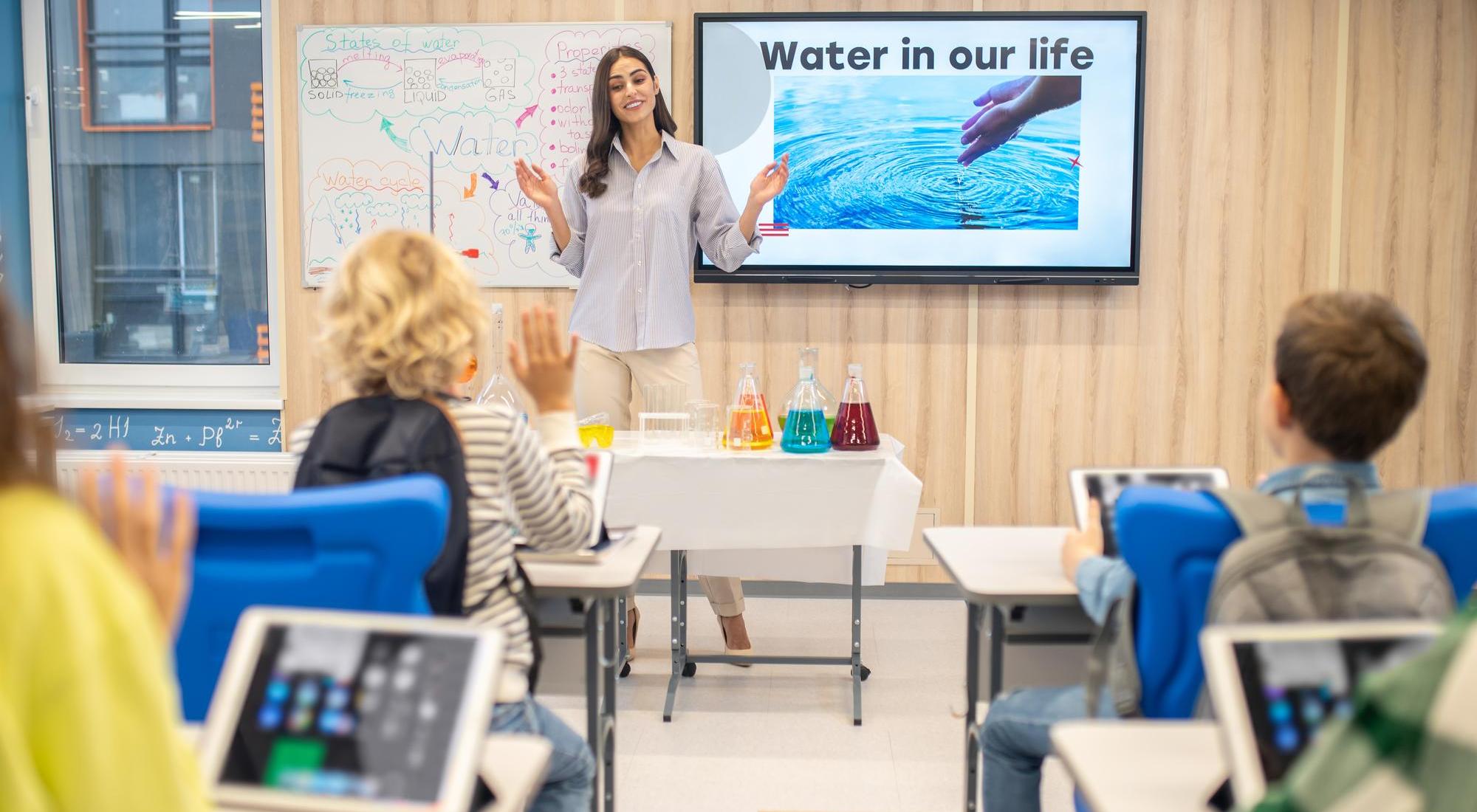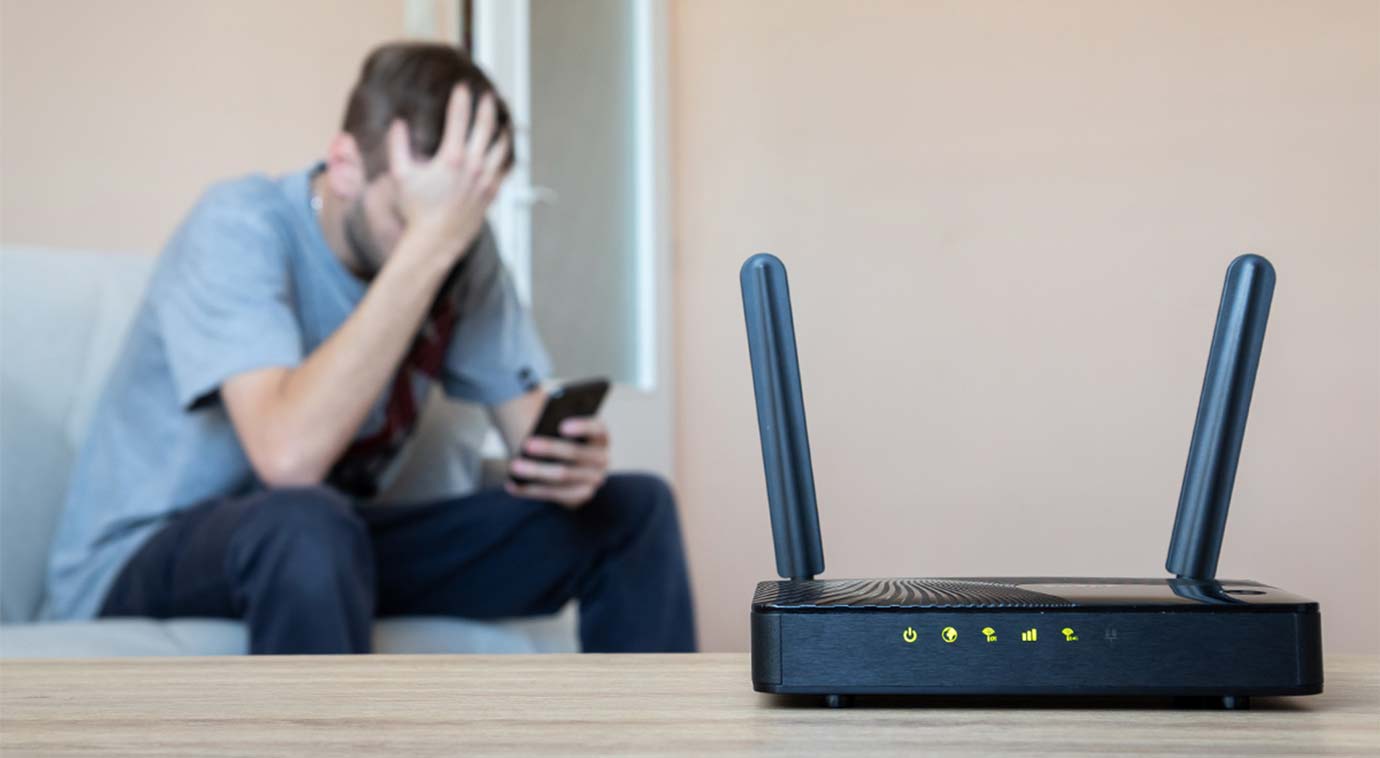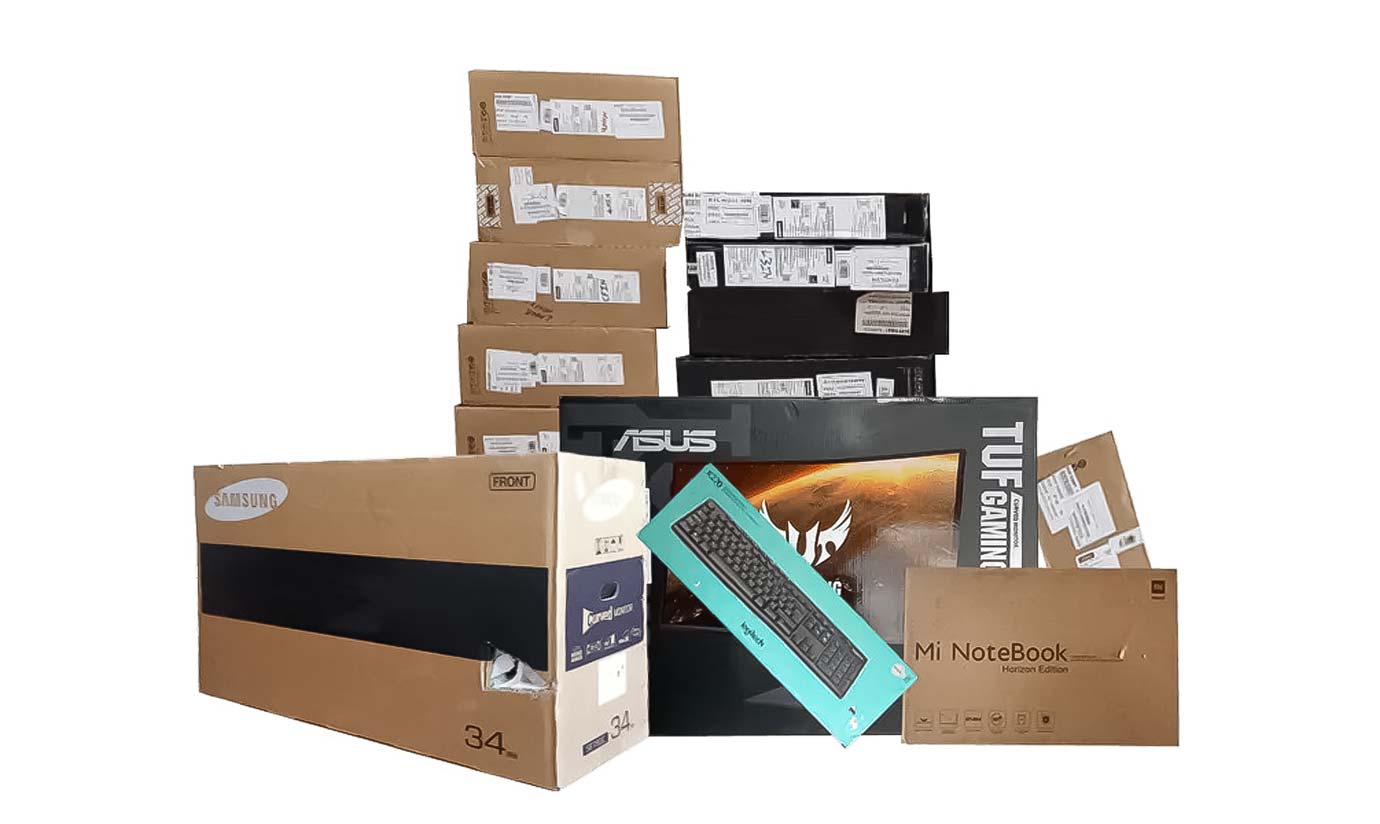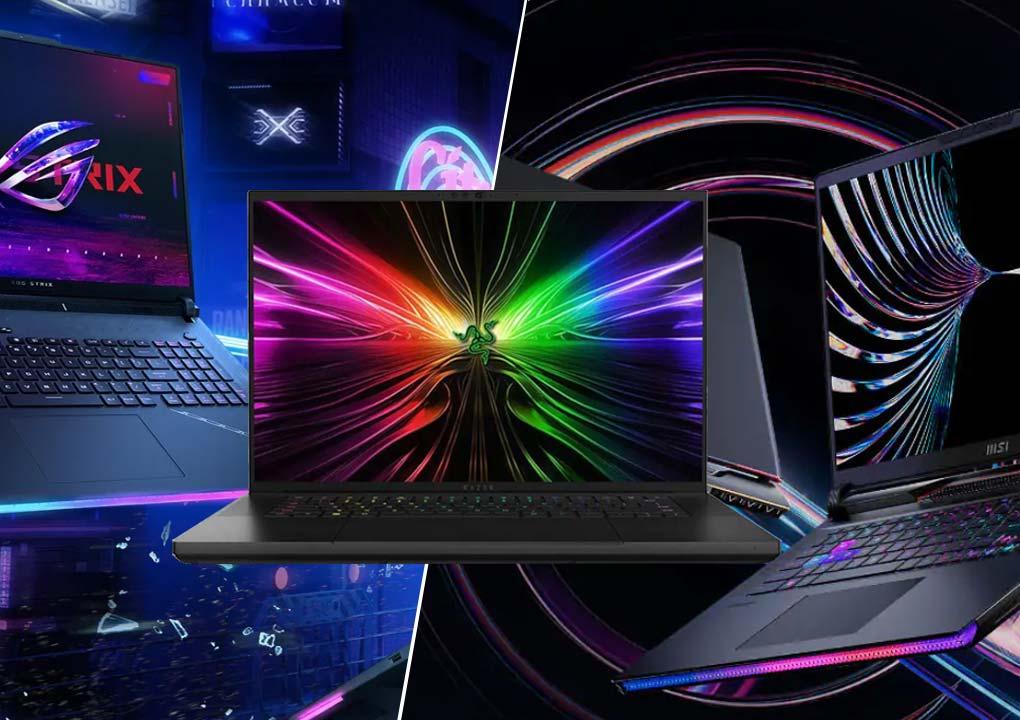The Impact of Wireless Technology on Education and Learning

The way we learn and communicate is evolving at a rapid pace, thanks in part to the ever-growing ubiquity of wireless technology.
This has especially been the case in recent years as more and more devices we use every day are connected to the internet. From smartphones and laptops to wearable fitness trackers and smart home appliances, it seems like there's no end to the ways that we can go online.
This connectivity has had a profound impact on education, both in terms of how information is shared and how students learn. Here's a look at some of the ways that wireless technology is changing education for the better.
The internet of things (IoT) is growing rapidly, and educators should be prepared to use it in the classroom
IoT is revolutionising the way we interact with our everyday lives.
As IoT devices become increasingly present in our homes, workplaces, and schools, it's important for educators to be prepared to use them in the classroom.
It can open up a vast array of opportunities for learning - from IoT-enabled robotics projects and simulations of real-world objects, to remote collaboration that takes place between multiple students on different continents!
With the right use of technology, educators can take their students’ knowledge and skills to new heights.
In the near future, teaching without at least some direct contact with IoT technologies simply won't be an option.
Wireless technology can help connect more devices
Meaning more flexibility in the classroom
Increased connectivity within the classroom has already allowed for greater flexibility in educational settings. Wireless technology can now take this a step further, allowing for even more powerful interactions and collaborations.
With the abundance of new IoT devices coming on the market, wireless connections can facilitate smart classrooms that benefit both students and educators. Through the seamless sharing of data and information between devices, real-time collaboration takes centre stage as students learn, engage, create, and explore in a connected environment.
Wireless technology opens up a world of possibilities when it comes to educating today's future generations.
Educators can use wireless technology to create a more interactive and engaging learning environment
e-Learning is quickly becoming the new normal for education. With the rise of IoT connectivity, educators now have endless possibilities for creating a more interactive and engaging learning environment.
Wireless devices such as tablets and e-readers are making it easier to use educational tools and resources to facilitate a truly remote learning experience. Not only can students access these resources on their own time, but they can also benefit from multimedia experiences designed to make learning even more enjoyable.
By leveraging wireless technology, educators can turn e-learning into an engaging and exciting journey for both students and teachers alike.
Wireless technology can also be used to improve communication between teachers and students
As digital technology continues to progress, wireless connectivity can be a helpful tool for educators, allowing teachers and students to communicate seamlessly.
With IoT, digital devices can use wireless technology to send and receive data in real-time. Educators are already able to facilitate digital learning in their classrooms by leveraging the power of wireless connections to promote communication between teachers and students without the need for physical devices or even leaving the classroom.
This allows digital tools, such as online whiteboards and virtual office hours with digital avatars, to enhance effective interactions among learners.
There are many different ways that educators can use wireless technology to enhance education
It is important to find what works best for you and your students
With the increasing access to wireless technology and IoT, educators have a plethora of options when it comes to harnessing these tools for the classroom.
The possibilities are virtually endless - from tracking students’ progress with predictive analytics or incorporating interactive learning applications into online curricula all the way to using Bluetooth-enabled robots in STEM lessons.
Ultimately, it all comes down to finding out what works best for you and your students.
With the right combination of technology and intuition, you can create an engaging learning environment that suits not only your own teaching style but also your students’ needs and interests.
The future of IoT is growing rapidly, with more and more devices being connected every day. Educators should be prepared to utilise this technology in the classroom to create a more interactive and engaging learning environment.
Wireless technology facilitates these connections and allows for more flexibility within the classroom. Teachers can use wireless connectivity to better understand the needs of their students and implement the ideas that will help them learn best.
Communication between teachers and students can also be greatly improved through wireless technology, as well as student collaboration.
There are many different ways that IoT connectivity can improve education, so it is important for educators to find which methods work best for their students.
For example, IoT can also provide students with increased access to resources, whether online textbooks or additional notes shared by someone else in class.
It's clear that IoT has great potential in education, but educators must take advantage of this new technology in order to maximise its potential.
Thankfully there are plenty of tools out there that make it easy for teachers, both new and experienced, with IoT connectivity to create an effective learning environment.
CONCLUSION
Teachers and students alike should be looking into as many options as possible in order to understand what mobile applications can do to support their classrooms while still meeting educational goals. There's no doubt that the combination of traditional teaching practices with modern tools like wireless connectivity can make learning incredibly enjoyable for everyone involved; all we have left is to make sure we use them properly!












